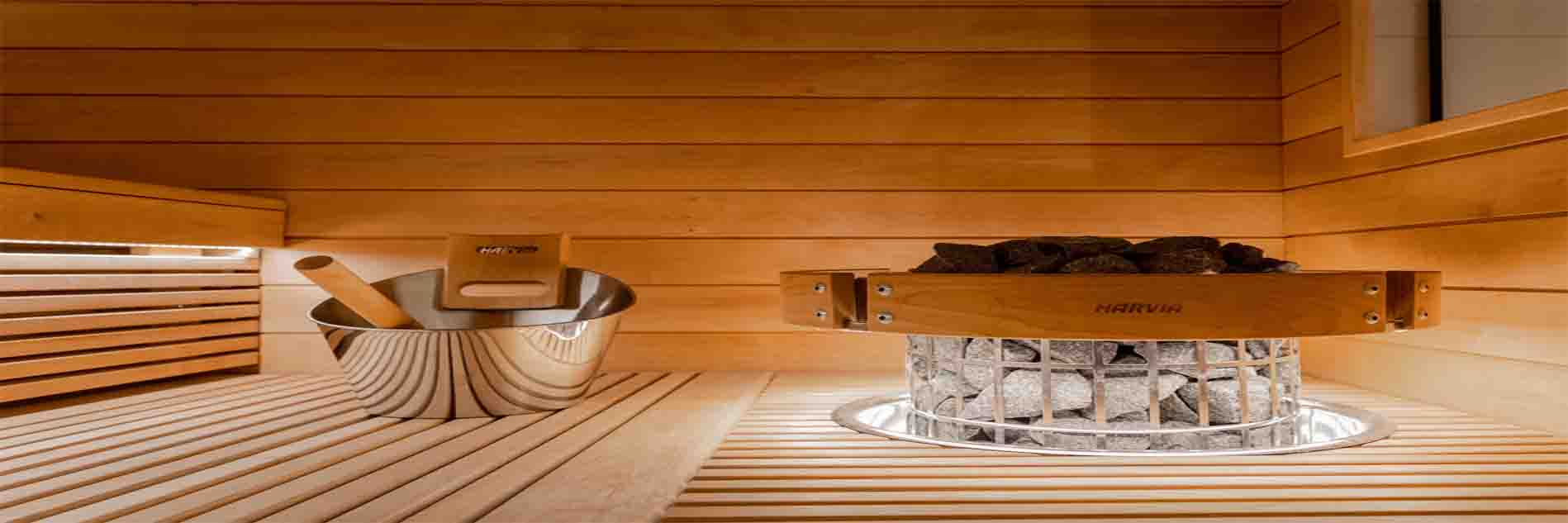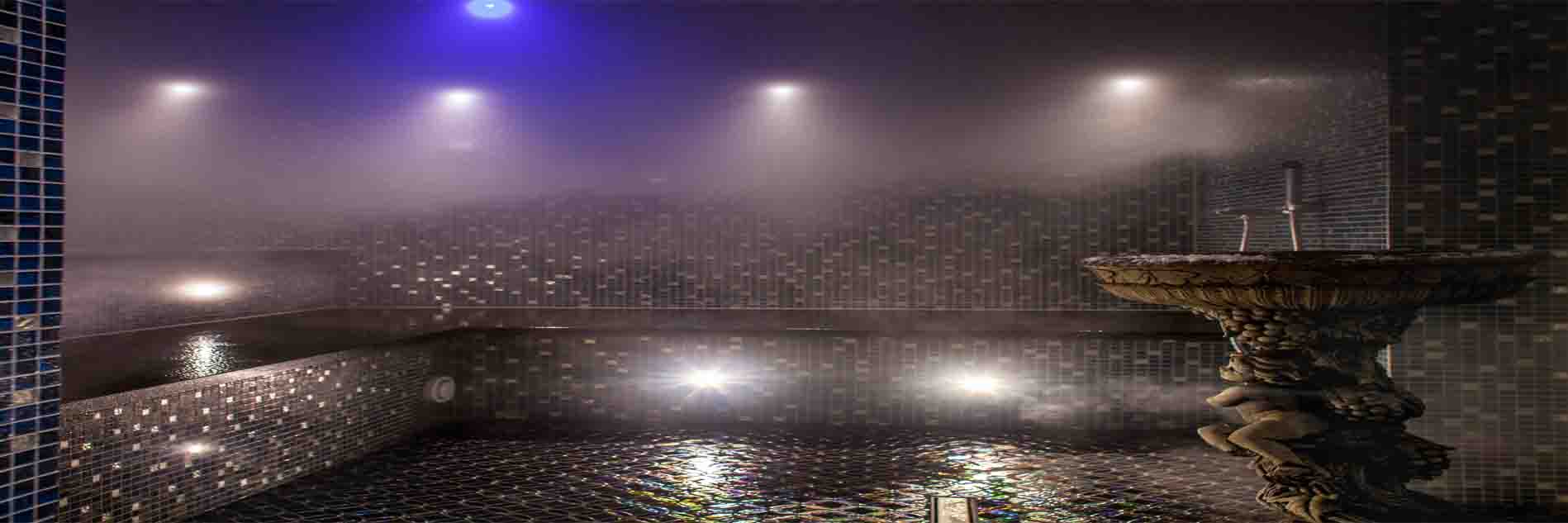A steam room design is not as simple as picking suitable tiles or stones for your room. It would be best if you had a firm idea of your plan regarding aesthetics and functionality, lest you end up with a room that looks nice but isn’t actually functional. To create a good design, some key elements need to be in place: consistency and integrity.
Consistency
The first step to designing a sauna is deciding the theme or look you want for your room. This will determine how many stones, tiles, and other materials are needed, affecting flooring, door style, lighting, and much more. Once this decision has been made, pick one specific color palette from which all items in that category should be chosen – either use the same colors throughout or make sure there’s enough variation to create visual interest without being too jarring of an effect.
He points to having everything in harmony with each other so that nothing sticks out as wrong when someone walks into your space. You’ll find yourself using less money by picking unifying elements rather than trying to mix and match different styles, and keeping your room clean when everything goes together will be easier.
The design you choose for the wall is also important – a plain white or black background can give off an austere feeling that may not suit everyone, so try adding some variation, such as with natural-looking stones in varying colors of browns and grays. These tones are warm without being too bright, creating both visual interests while providing enough variety to avoid monotony.
Idea Integrity
Your idea should be unified in some way.
- If you have two ideas, explain them and make the connection clear.
- As a general rule of thumb, an opinion should only be introduced once throughout your story or article.
Every Sauna needs a steam room design that is consistent with their idea integrity – whether it’s about setting up a sauna at home for personal use or designing one for somebody else on commission; this can involve using materials like stone tiles, wood benches (make sure they’re lined up properly) and lots of water as well as carefully choosing unifying elements to keep things looking cohesive without being monotonous. Researching the type of material used in sauna designs before even considering what kind would work best for your project is very important because you don’t want to end up with a plan that looks mismatched and jarring.
- Before going on about the details of sauna steam room design, it’s worth noting that not all people are comfortable sitting in high heat; there may also be some who find it quite uncomfortable being exposed to too much humidity (with or without accompanying dampness).
- The next consideration for sauna steam room design is determining whether you want dry or wet heat. A lot of people prefer the former because it’s easier on the skin and can also be used more often without causing any issues; this option will typically come with a higher initial cost, though, as well as an increased energy bill (which might not always work in your favor).
- Those who opt instead for wet heat options like bubbling rock pools or hot tubs should know that these kinds are less likely to cause discomfort, but their high humidity levels may eventually become problematic, so they’re better reserved for outdoor use only.
In conclusion, there are many considerations to consider when deciding how to design your Sauna, whether it’s the type of heat (dry or wet), what kind you’ll add in for ambiance and atmosphere, etc.















 Pool Tiles
Pool Tiles



